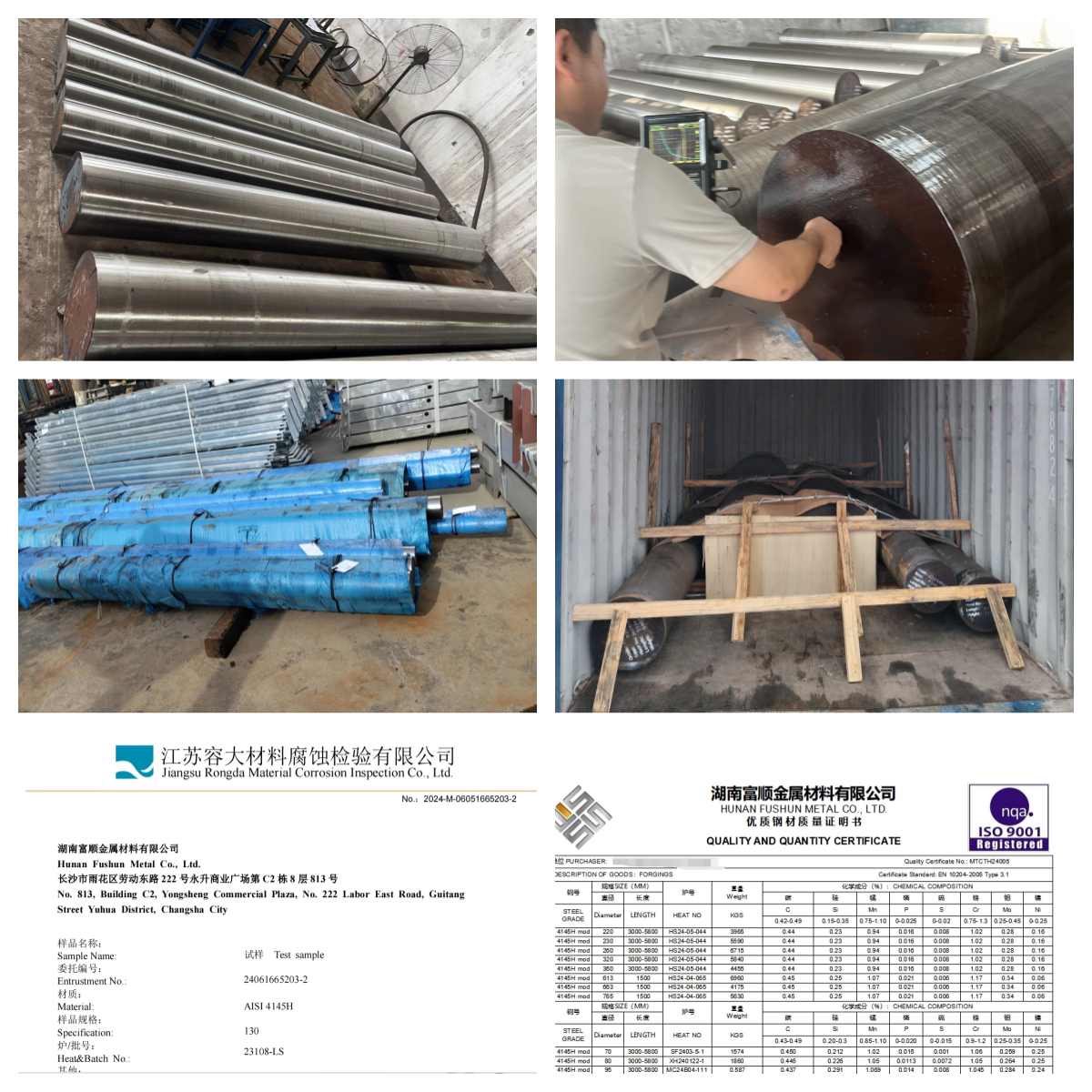Pipe Coating, Lining and Cladding
Pipe Coating, Lining and Cladding
What is the difference between external pipe coating and internal pipe-lining and cladding? External pipe coatings are used to protect the metal from corrosive environments (3LPE coated pipes are the most common choice). Internal lining (example PTFE) protects the pipe from corrosive fluids. Clad pipes (CRA) have the inner surface covered by higher grade materials to achieve stronger resistance while decreasing the overall pipe cost.
COATED PIPES
Pipes may be coated externally to be protected from corrosion, erosion and possible mechanical stress.
Pipe coating consists of the application of metallic, or non-metallic, materials on the external surface of the pipe (either seamless or welded).
The most common materials to coat pipes externally are:
- Non-metallic pipe coating: Paints, varnishes, lacquers, bituminous coatings, resins, plasticizers, Greases, waxes, oils, Plastics (polyurethane, polyethylene, Rilsan, PTFE, PVC), Elastomers (various types), Vitreous enamel, Cement mortar
- Organometallic pipe coating: Paints pigmented with metals in powder form (aluminum, zinc, lead, stainless steel), Paints containing zinc ethyl-silicate
- Chemical modification: Phosphating, Chromatin, phosphating, Black finishing, and browning
- Cementation (physiochemical modification)
3LPE COATED PIPES
3LPE coated pipes feature a three-layer polyethylene coating consisting of:
- a high-performance fusion bonded epoxy (FBE),
- a copolymer adhesive
- an outer layer of polyethylene which provides tough, durable protection against corrosion and erosion.
3LPE pipe suit medium to high operating temperatures.
LINED PIPES
Lined pipes are fitted with an internal protective material which is mechanically inserted into the tubular section. The lining material is fitted into the pipe at the end of the manufacturing process. It is clear that internal lining materials, which have an own thickness, reduce the bore size of the pipe.
The most pipe lining materials are:
Teflon (PTFE)
Cement mortar
Liquid epoxy
Glass
Fusion bonded epoxy (FBE)
Polyethylene
Bituminous asphalt
Zinc
CLAD PIPES (CRA)
A clad pipe combines the strength and toughness of a carbon steel pipe with the corrosion resistance of a stainless or duplex pipe (or even higher grades, as nickel high-alloyed materials like Inconel, Incoloy, etc).
Clad pipes are also called CRA (which stands for “corrosion resistant alloy”).
The cladding process consists of the application, in the inner part of the pipe, of a layer of higher grade material onto a lower-grade base material of the pipe.
Clad pipes are used for fluids that would quickly corrode carbon-manganese steels. The bonding between the two materials is metallurgical and can be achieved by welding the two together or with explosion techniques (whereas lined pipes feature a mechanical bonding of different materials).
Pipe cladding is used to enhance the durability and the resistance to corrosion of a pipe while keeping its final costs at acceptable levels. Of course, clad pipes are more expensive than lined pipes, as the overlay materials used are, generally, noble metals.
ShunFu Metal LTD CO
ShunFu Metal is a large oil and gas tube manufacturer and supplier. We are metal experts and have been providing quality customer service and products since 1998.
At Fushun Metal, we supply a wide range of metals for a variety of applications. Our products/stock includes: Piling Pipe, Line Pipe, Casing and Tubing, Drill Pipe, Sucker Rod, CRA Piping etc
Our steel tubes and pipes are available in a wide range of process including: cold drawn, cold rolled, hot rolled, polished, threaded, painted etc. We can cut metal to your exact specifications.
Send your inquiry information to us and get a free quotation today!

